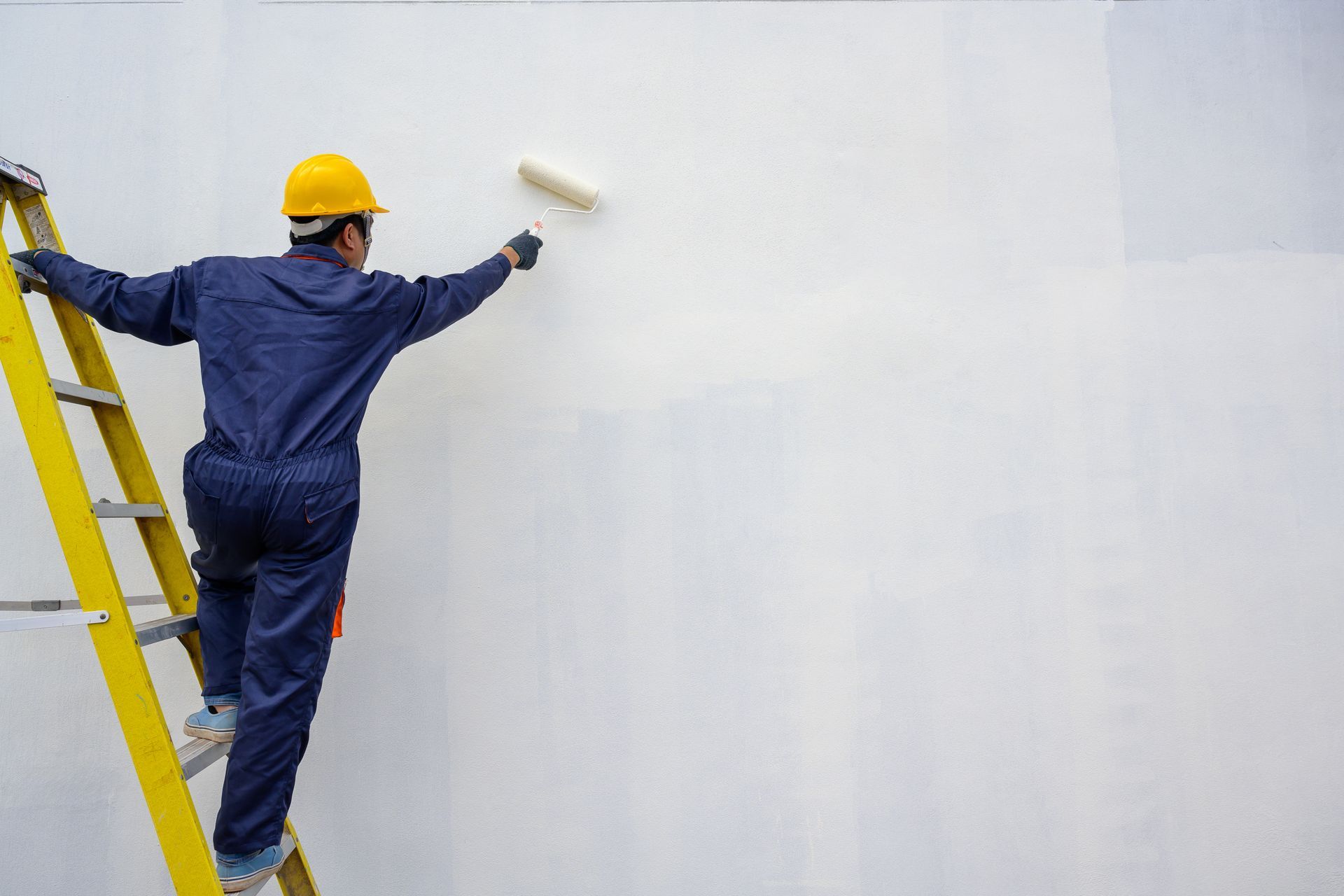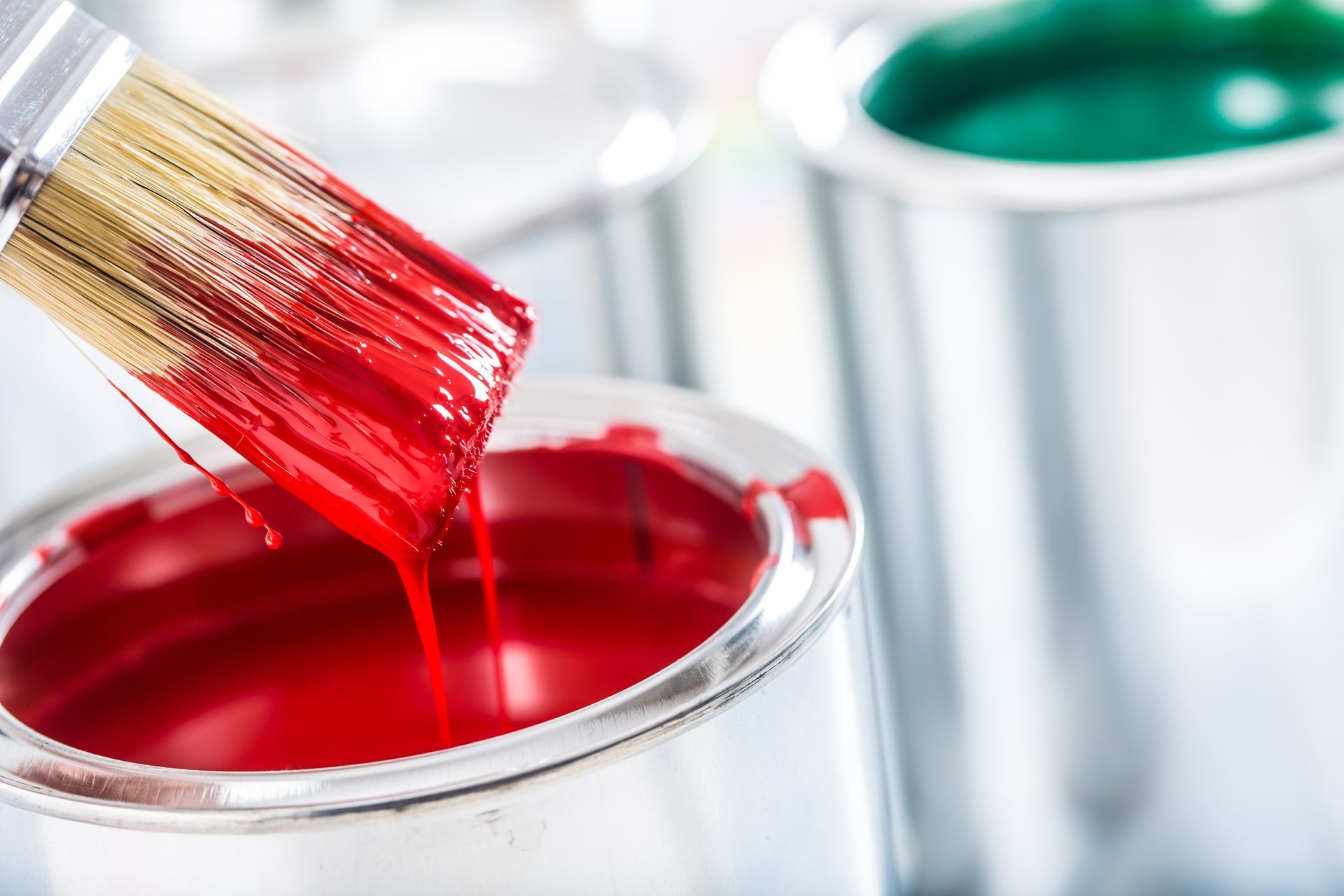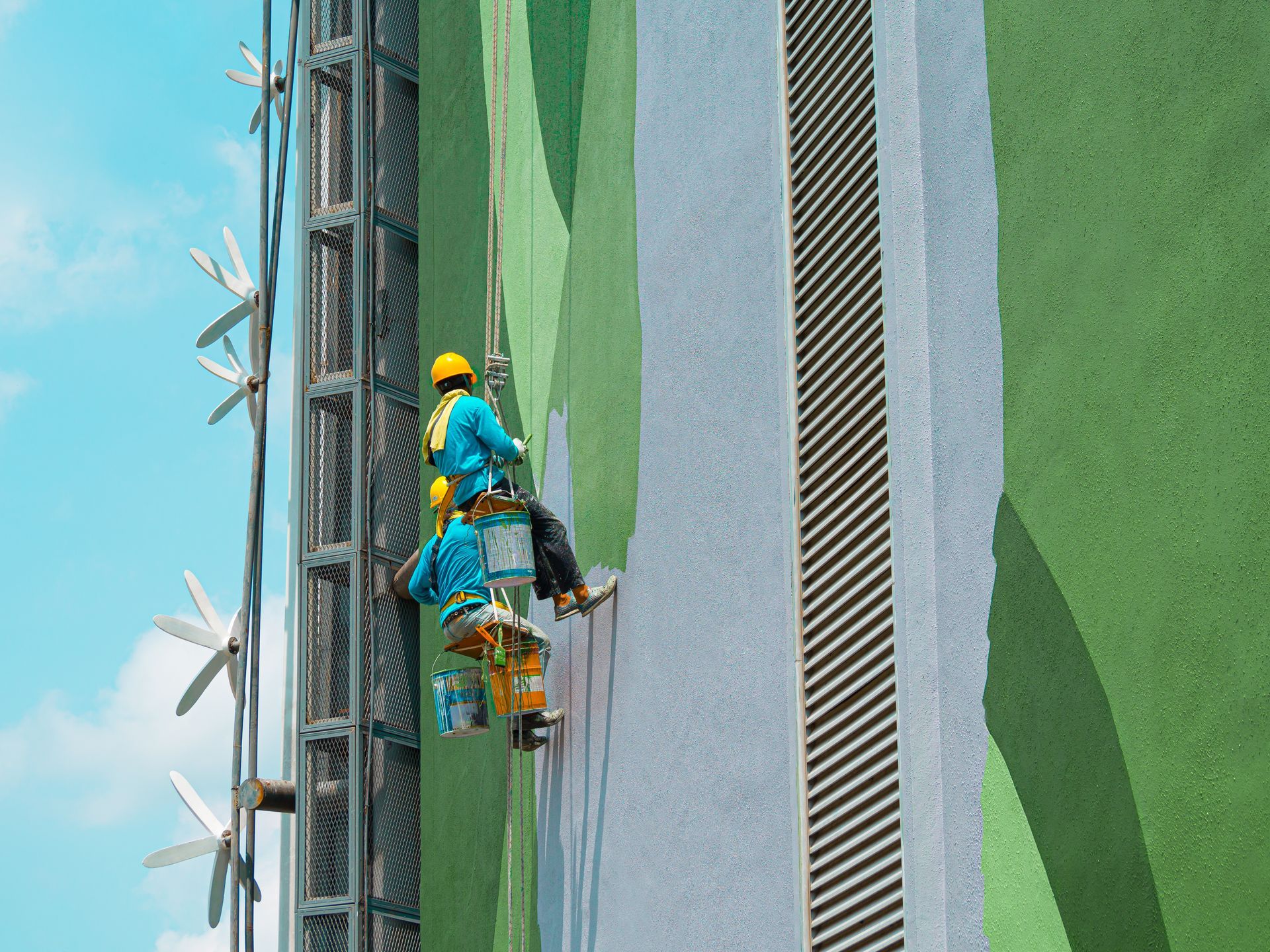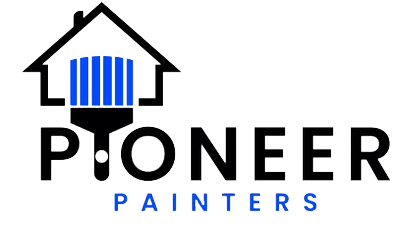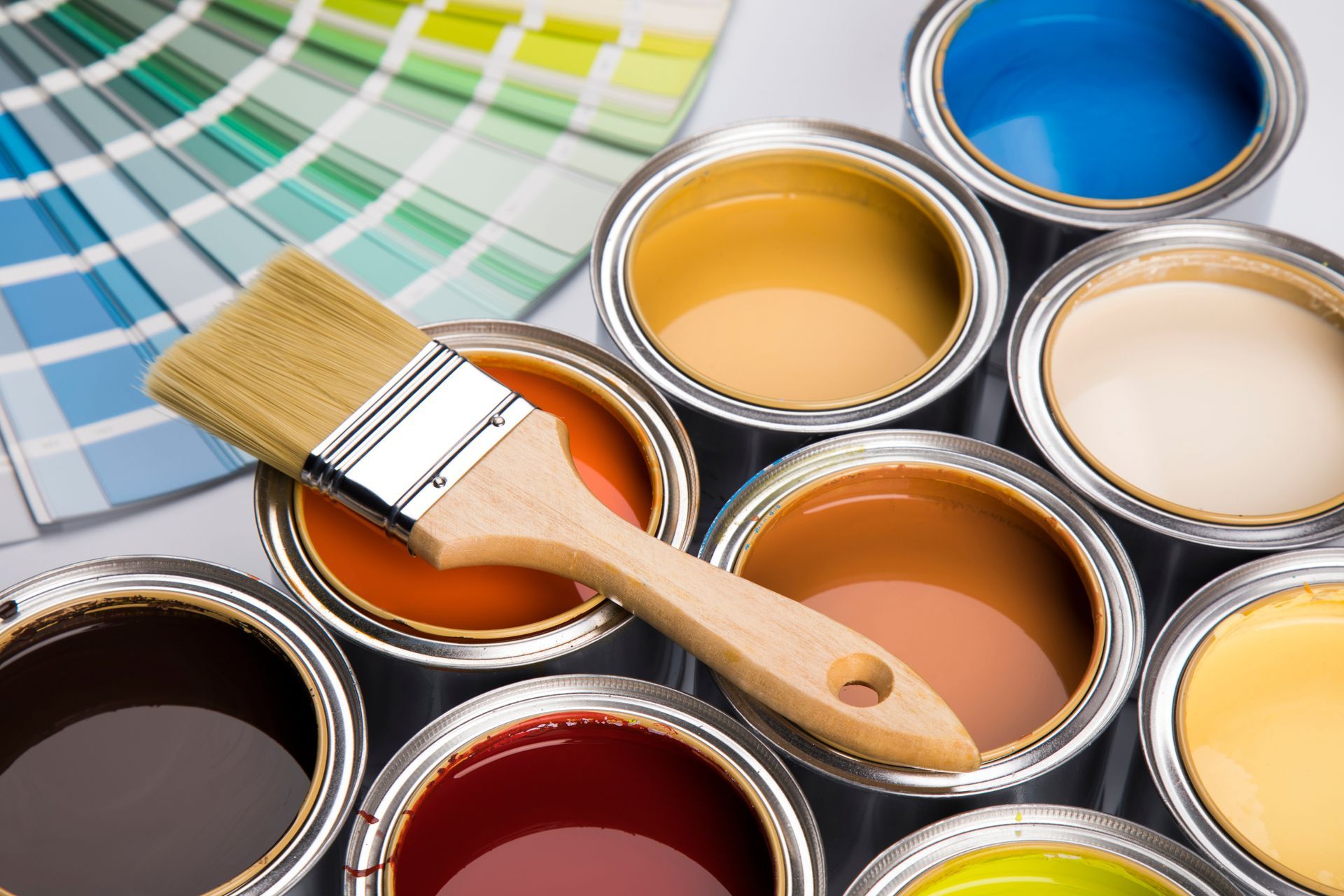When taking on a painting project, the smoothness of your walls is more than just a detail – it's a cornerstone for achieving that flawless finish. However, many homeowners are confronted with a common and frustrating obstacle: uneven wall surfaces. These irregularities, ranging from simple nail holes and minor cracks to more pronounced issues like peeling paint or drywall damage, can significantly undermine the quality of your paint job. Ignoring these imperfections not only affects the aesthetic appeal but can also lead to longer-term issues such as peeling or chipping of paint.
Addressing these uneven surfaces is crucial before you dip your brush into the paint. It's not just about creating a visually pleasing result; it's about ensuring the longevity and durability of your painting efforts.
Understanding Uneven Wall Surfaces
Uneven walls or unwanted textures can occur for a variety of reasons, from drywall settling over time to damaged drywall from removing wallpaper.
Causes of Uneven Surfaces
- Previous Paint Layers: Over time, multiple layers of paint can accumulate, creating a less-than-smooth surface. Occasionally, these layers peel or bubble, leading to unevenness.
- Wall Damage: Everyday life takes its toll on walls. Dents, holes from hanging pictures or shelves, and general wear and tear can leave your walls less than perfect.
- Drywall Issues: Poorly finished drywall or damage from moisture can result in a bumpy or uneven texture.
- Settling and Aging of the House: As homes age, settling can cause cracks and shifts in the wall structure, leading to uneven surfaces.
- DIY Projects Gone Wrong: Sometimes, attempts to fix wall issues without professional help can exacerbate unevenness.
The Impact on the Final Paint Job
Ignoring these issues can lead to several problems in your final paint job:
- Aesthetics: Paint highlights imperfections. Uneven surfaces can become more noticeable after painting, detracting from the room's overall look.
- Adhesion Issues: Paint may not adhere properly to damaged or uneven areas, leading to peeling or chipping over time.
- Increased Wear and Tear: Imperfections can compromise the integrity of the paint, leading to a need for more frequent touch-ups or repaints.
- Difficulty in Application: Painting over an uneven surface is more challenging and time-consuming, often requiring more paint and effort than a smooth wall.
Solutions for Uneven Surfaces
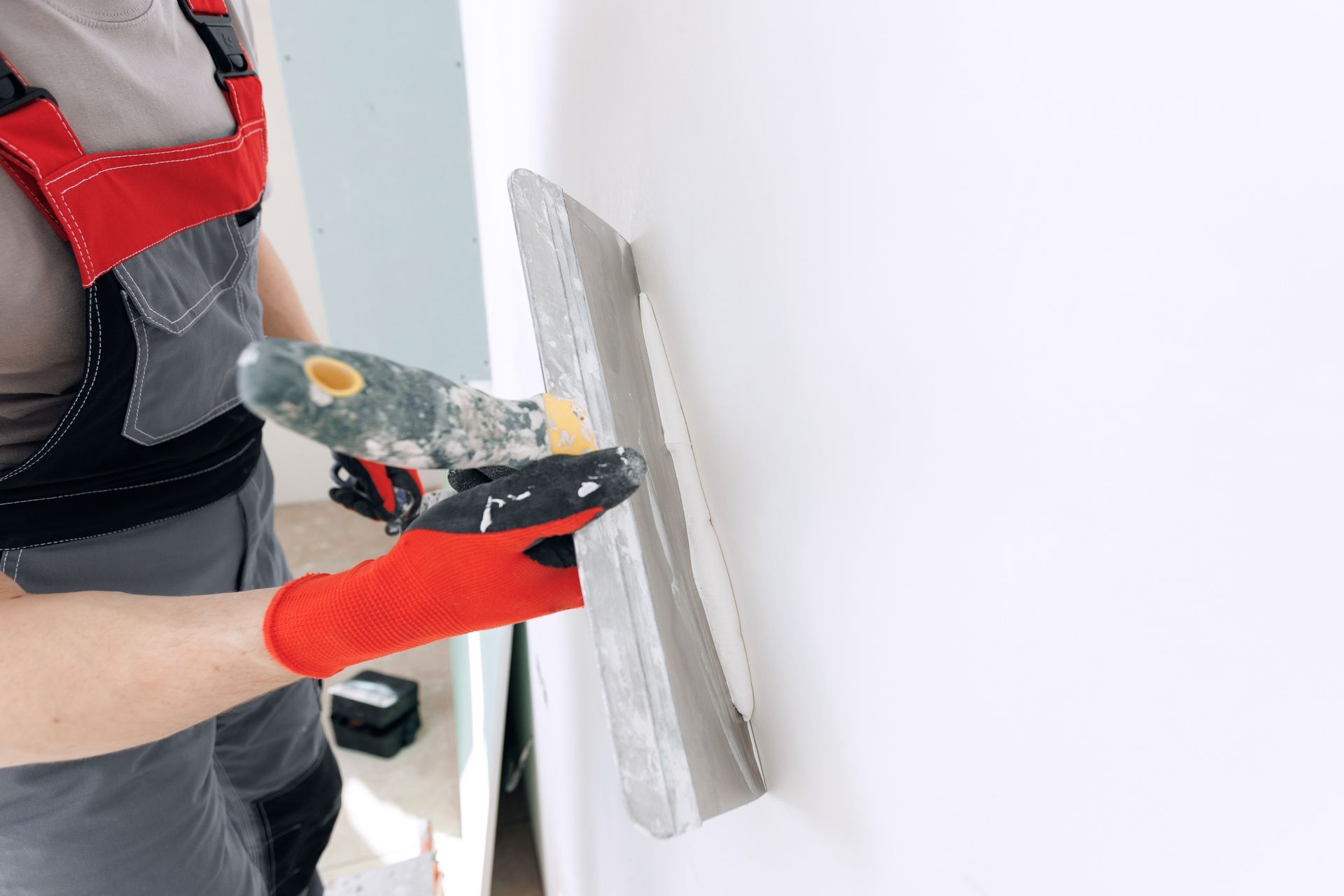
When confronted with uneven wall surfaces, there are several effective solutions to consider. Each method caters to different types of wall imperfections, from minor blemishes to more pronounced irregularities.
Skim Coating
- What is Skim Coating?
Skim coating is a plastering technique that involves applying a very thin layer of joint compound (or mud) over the entire surface of a wall. This method is particularly effective for smoothing out textured surfaces or covering widespread imperfections. - Step-by-Step Process:
- Preparation: Begin by cleaning the wall to remove any dust or loose material.
- Application: Using a drywall knife or trowel, apply a thin layer of joint compound to the wall. The key is to spread it thinly and evenly.
- Smoothing: Once applied, smooth the compound with your tool, eliminating any bumps or lines.
- Drying: Allow the compound to dry completely. This could take several hours or overnight.
- Sanding: Once dry, lightly sand the surface for an ultra-smooth finish.
- Additional Coats: If necessary, apply additional coats, repeating the process until the desired smoothness is achieved.
Professional Assistance: While skim coating can be a DIY project, it requires skill and patience. For large areas or to ensure a flawless finish, it’s wise to seek help from a local painting company by searching 'insured painters near me.'
Other Alternatives
- Wall Paneling:
- Wall paneling involves attaching sheets of panel material (like wood or fiberboard) directly to the wall. This method is excellent for covering significant imperfections or textured surfaces and adds an element of design to the room.
- Wallpaper:
- Certain types of wallpaper, particularly thicker or textured varieties, can effectively mask minor wall unevenness. Wallpaper offers a dual benefit of concealing flaws and adding a decorative touch.
- Textured Paints:
- For minor irregularities, textured paints can be an ideal solution. These paints contain additives that create a textured effect, helping to conceal small imperfections. They are particularly useful for walls with superficial surface issues.
Each of these methods offers a unique approach to dealing with uneven wall surfaces. Whether you opt for the comprehensive solution of skim coating or the decorative alternatives like paneling or wallpaper, the key is to choose the method that best suits your wall’s condition and your personal aesthetic. For more complex or large-scale projects, consulting with insured painting professionals like Pioneer Painters can ensure the best outcome, preparing your walls impeccably for the final paint application.
Quick Tips for Dealing with Uneven Surfaces
Addressing minor imperfections on your walls can be a straightforward process if you have the right tools and knowledge. Here are some quick tips and essential advice to help you deal with uneven surfaces effectively and safely.
Quick-Fix Solutions for Minor Imperfections
- Patch Small Holes and Cracks: Use spackling paste for small nail holes and hairline cracks. Apply the paste, smooth it out, and let it dry before sanding.
- Use a Sanding Block for Minor Bumps: If you encounter small bumps or ridges, gently sand them down with a sanding block for a smooth finish.
- Caulking for Gaps: For gaps along baseboards or window frames, a bead of caulk can provide a smooth, sealed edge. Make sure to use paintable caulk for easy incorporation into your final paint job.
- Plaster for Larger Holes or Dents: For larger imperfections, a patching plaster can be used. Apply it to the damaged area, let it dry, and then sand for a smooth finish.
- Primer for Discoloration: If there are discolored patches on your wall, applying a primer can help ensure a uniform color when you apply the final paint. The primer can also help improve the adhesion of the paint, enhancing its durability.
Conclusion
Addressing uneven surfaces before painting will help you achieve the perfect painting smooth finish you're hoping for. While dealing with wall texture issues or drywall lines and nail marks can be challenging, there are several solutions available. Whether you choose to skim coat or opt for alternative methods like wall paneling or wallpaper, the key is to prepare your walls correctly to ensure a long-lasting, flawless paint job.
We've provided several quick tips for small wall texture issues that you may be able to tackle as a DIY project, but for more significant imperfections or to guarantee a professional and efficient job, it's best to work with a local painting company like Pioneer Painters. With their expertise and experience, they can help you achieve the perfect paint finish on any wall surface.
Recent Blogs
